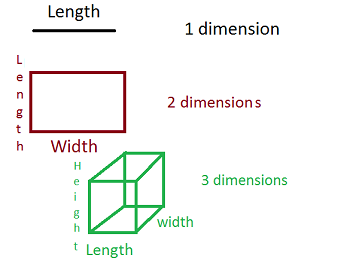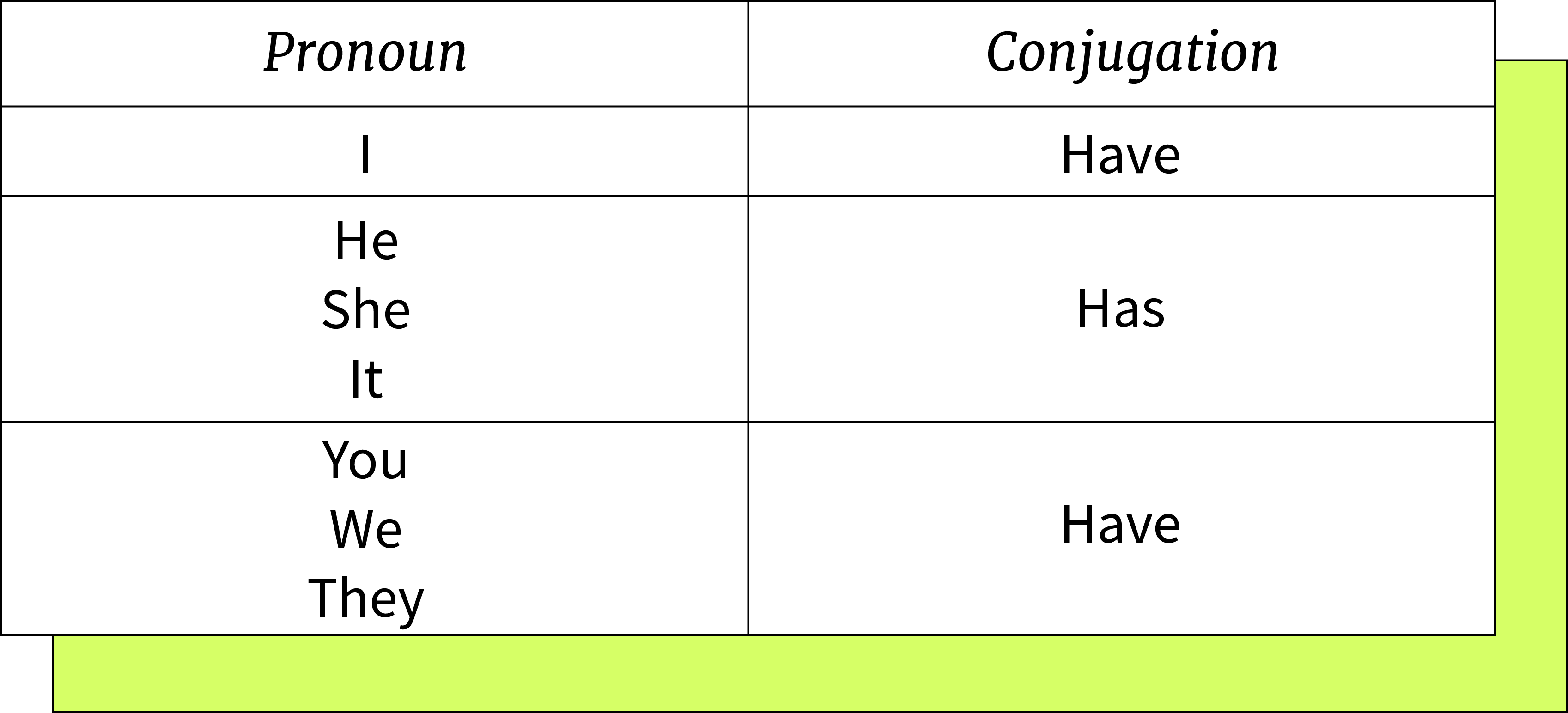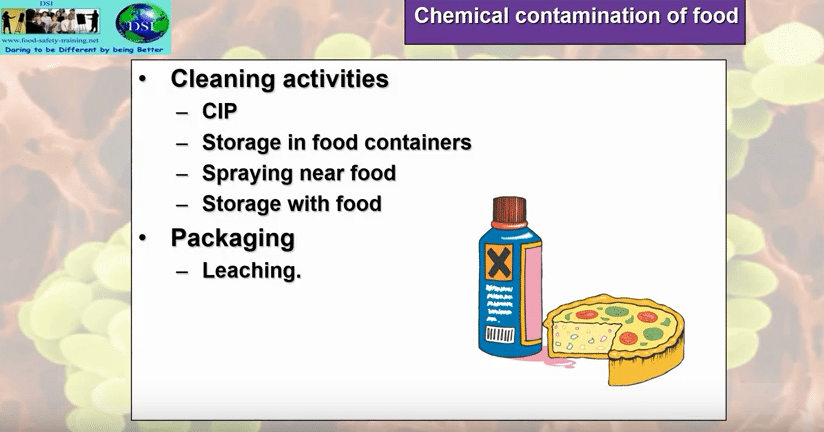How Technology Is Transforming the Accounting Profession: Opportunities, Tools, and Practical Guidance
Introduction
The field of accounting has experienced dramatic changes in recent years, driven by rapid technological advancement. Once defined by manual bookkeeping and time-consuming data entry, accounting is now at the forefront of digital transformation. This article explores how technology has changed accounting, the key innovations reshaping the profession, and actionable steps for leveraging these advances to streamline operations, deliver greater value, and future-proof your practice.
From Manual Processes to Automation: A Paradigm Shift
Historically, accountants managed ledgers by hand, reconciled accounts with physical receipts, and devoted much of their time to repetitive, data-intensive tasks. Today, automation has revolutionized these core activities. Accounting software and apps such as QuickBooks, Xero, and FreshBooks automatically handle data entry, bank reconciliation, and invoice management, drastically reducing the time spent on routine work and minimizing the risk of human error [1] . According to a Deloitte study, 94% of finance professionals believe that automation has improved the accuracy of financial data [1] .
To implement automation in your accounting practice, consider:
- Evaluating your current workflow to identify repetitive, rule-based tasks suitable for automation.
- Researching leading accounting software solutions and comparing features, user reviews, and integration capabilities.
- Starting with automated bank feeds, expense tracking, or payroll processing, and expanding adoption as you gain confidence.
- Providing staff with training and support to ensure a smooth transition.
Cloud Computing: Access, Collaboration, and Security
Cloud computing represents another fundamental shift in accounting. Instead of storing financial records on local servers or paper files, cloud-based platforms allow accountants to access real-time data from anywhere and collaborate seamlessly with clients and colleagues [1] . A recent survey found that 92% of accountants recognize the value of these technologies, with 82% of accounting data expected to reside in the cloud soon [1] .

Source: facebook.com
To integrate cloud computing in your practice:
- Explore reputable cloud-based accounting platforms with strong security features.
- Assess your firm’s and clients’ needs regarding remote access, data sharing, and collaboration.
- Plan a phased migration of records to the cloud, ensuring proper backups and cybersecurity protocols.
- Educate your team and clients about best practices for data privacy and secure access.
Artificial Intelligence and Data Analytics: From Compliance to Insight
Artificial Intelligence (AI) and machine learning are reshaping accounting beyond basic automation. AI-driven tools can analyze vast datasets, detect anomalies, and even predict trends, empowering accountants to move from transactional processing to strategic advisory roles [2] . For example, AI can streamline auditing by flagging unusual transactions for review or support tax preparation by extracting and categorizing relevant data automatically [5] .
Practical steps for leveraging AI and analytics include:
- Identifying specific processes (such as expense audits or tax compliance) that could benefit from AI analysis.
- Partnering with software vendors that offer AI-powered modules within familiar accounting platforms.
- Staying current with developments in machine learning by participating in webinars, online courses, or industry conferences.
- Encouraging staff to develop data literacy skills, enabling them to interpret AI-generated insights for better decision-making.
Blockchain and Enhanced Security
Blockchain technology is becoming increasingly relevant to accounting, especially in areas where transparency and security are paramount. Blockchain’s decentralized ledger ensures that financial transactions are tamper-proof and verifiable, which can help streamline audits and ensure compliance. While adoption is still emerging, firms interested in blockchain should monitor developments and consider pilot projects in partnership with established providers [4] .
Steps to explore blockchain in accounting:
- Stay informed about blockchain applications relevant to auditing and transaction verification.
- Consult with technology experts to assess the feasibility of integrating blockchain into your firm’s workflow.
- Participate in industry forums or working groups focused on blockchain in accounting to share knowledge and best practices.
Shifting Roles: From Data Entry to Strategic Advisory
Technology is not eliminating the need for accountants; instead, it is shifting their focus from data entry to analysis, interpretation, and strategic guidance. As automation reduces the need for manual tasks, accountants are increasingly relied upon to provide insight, identify opportunities, and advise clients on complex financial matters [2] . The World Economic Forum’s 2023 Future of Jobs Report suggests that roles requiring human skills-such as judgment, creativity, and emotional intelligence-will remain in high demand [2] .
To prepare for this shift:
- Invest in professional development, focusing on advisory and interpersonal skills.
- Seek certifications or continuing education in specialized areas such as forensic accounting, business intelligence, or financial planning.
- Develop a consultative approach to client engagements, leveraging technology to deliver data-driven recommendations.
Challenges and Solutions in Adopting New Technologies
While the benefits of technology adoption are clear, firms may encounter challenges such as the cost of implementation, resistance to change, and data security concerns. Smaller firms may feel especially daunted by the pace of innovation [4] .
To overcome these barriers:
- Start small by automating one process at a time and measuring the impact before scaling up.
- Engage staff early in the transition, providing training and soliciting feedback to foster buy-in.
- Prioritize cybersecurity by implementing robust protocols and regularly updating systems.
- Consider consulting with technology advisors or industry peers to learn from their experiences.
Alternative Approaches and Next Steps
Not all firms need to adopt every new technology at once. Consider hybrid models that blend traditional approaches with selective digital tools, especially if your client base requires it. Stay flexible and open to ongoing learning, as the landscape will continue to evolve. If you’re unsure where to begin, you can:
- Consult your professional accounting association for recommendations on trusted technology vendors and continuing education resources.
- Attend industry conferences or webinars to network with peers and discover emerging best practices.
- Contact software providers directly for product demonstrations and trial access before making major investments.
For specific guidance on software selection or cloud migration, seek advice from established organizations such as the American Institute of Certified Public Accountants (AICPA) and follow their published guidelines or toolkits.

Source: geocoder.has.nl
Key Takeaways
Technology has fundamentally changed the field of accounting by automating routine tasks, improving data accuracy, enabling remote collaboration, and unlocking new advisory opportunities. Accountants who embrace these changes and invest in the right tools and skills will be positioned to deliver greater value and remain competitive in a rapidly evolving industry. While challenges exist, they can be overcome with deliberate planning, ongoing education, and a willingness to adapt.
References
- [1] LSBF Singapore (2024). How has Technology Impacted the Finance and Accounting Industry.
- [2] University of Tennessee at Chattanooga (2024). How Accounting Technology is Revolutionizing the Field.
- [3] 2020 Innovation (2024). How technology will change accounting in the future.
- [4] Thomson Reuters (2024). Embracing technology in accounting: Practical steps for firms.
- [5] William & Mary Raymond A. Mason School of Business (2023). The Role of Technology In Modern Accounting.
MORE FROM eboxgo.com













